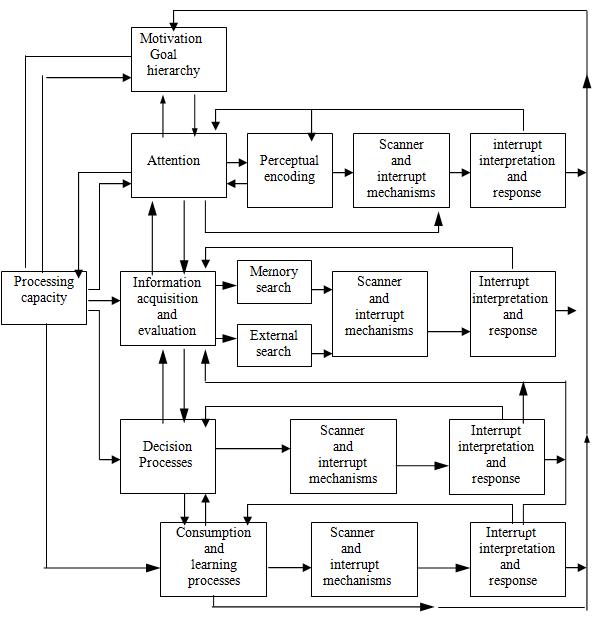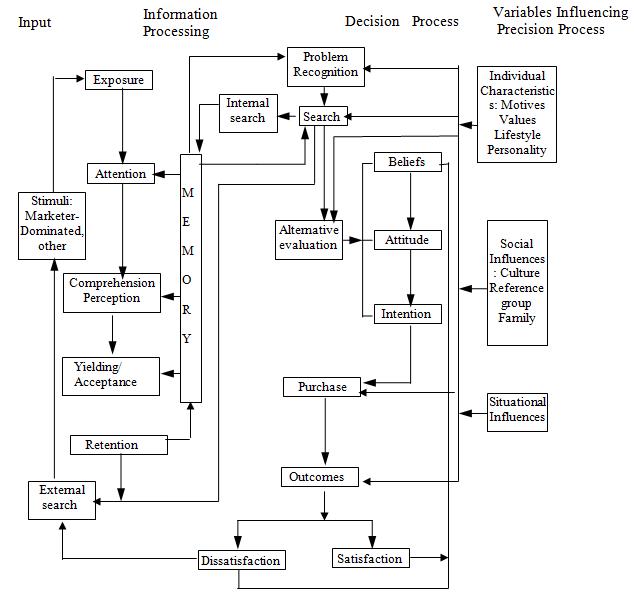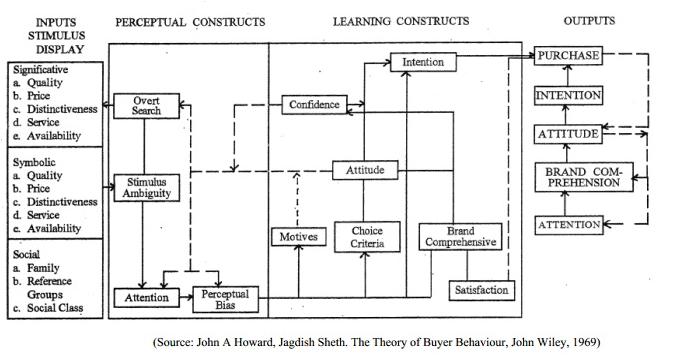The Body Shop (TBS) has developed 2500 stores in 60 countries with a range of over 1,200 products in approximately 30 years, and is the second largest cosmetic franchise in the world. After the first TBS’s outlet founded in 1976, the company has experienced rapid growth and with expanding rate of 50% annually. When its stock first obtained a full listing on the London Stock Exchange, its price increased by more than 500%. In 1999, TBS was even voted as the second most trusted brand in UK by the Consumers Association. The founder, Anita Roddick had received numerous awards including Dame Commander of the British Empire for her contributions.… Read the rest
Marketing Strategies
Underdog Strategy in Business
An underdog strategy involves a small and, usually, young firm taking on a much larger competitor. It is often employed by an upstart company that doesn’t hesitate to get into a fight with much bigger opponents in order to break their monopoly and offer the market better products, lower prices, or both. The underdog enters a market dominated by established players that are portrayed as being somewhat bureaucratic, complacent, and unresponsive to customer needs. Firms following underdog strategy promise to offer an attractive alternative to what customers have been buying.
Southwest Airlines, in its early years, is an example of a company that became an underdog in its fight against established competitors, as it offered the traveling public highly attractive prices and superior value.… Read the rest
Bettman Information Processing Model of Consumer Choice
Bettman (1979) in his model describes the consumer as possessing a limited capacity for processing information. He implicate that the consumers rarely analyze the complex alternatives in decision making and apply very simple strategy.
In Bettman Information Processing Model, the consumer is portrayed as possessing a limited capacity for processing information. When faced with a choice, the consumer rarely undertakes very complex analyses of available alternatives. Instead, the consumer typically employs simple decision strategies or heuristics. These simplifying decision rules assist the consumer in arriving at a choice by providing a means for sidestepping the overly overburden task of assessing all the information available about all the alternatives.… Read the rest
The Engel Kollat Blackwell Model of Consumer Behavior
The Engel Kollat Blackwell Model of Consumer Behavior was created to describe the increasing, fast-growing body of knowledge concerning consumer behavior. This model, like in other models, has gone through many revisions to improve its descriptive ability of the basic relationships between components and sub-components.
The Engel Kollat Blackwell Model of Consumer Behavior or consists of four distinct stages;
- Information Input Stage: At this stage the consumer gets information from marketing and non-marketing sources, which also influence the problem recognition stage of the decision-making process. If the consumer still does not arrive to a specific decision, the search for external information will be activated in order to arrive to a choice or in some cases if the consumer experience dissonance because the selected alternative is less satisfactory than expected.
Howard Sheth Model of Consumer Behavior
John Howard and Jagadish Sheth put forward the Howard Sheth model of consumer behavior in 1969, in their publication entitled, ‘The Theory of buyer Behaviour’.
The Howard Sheth Model is a sophisticated integration of the various social, psychological, and marketing influences on consumer choice into a coherent sequence of information processing. It aims not only to explain consumer behavior in terms of cognitive functioning but to provide an empirically testable depiction of such behavior and its outcomes (Howard 1977).
The logic of the Howard Sheth model of consumer behavior summarizes like this. There are inputs in the form of Stimuli. There are outputs beginning with attention to a given stimulus and ending with purchase.… Read the rest
Nicosia Model of Consumer Behavior
Nicosia Model of Consumer Behavior was developed in 1966, by Professor Francesco M. Nicosia, an expert in consumer motivation and behavior. This model focuses on the relationship between the firm and its potential consumers. The model suggests that messages from the firm (advertisements) first influences the predisposition of the consumer towards the product or service. Based on the situation, the consumer will have a certain attitude towards the product. This may result in a search for the product or an evaluation of the product attributes by the consumer. If the above step satisfies the consumer, it may result in a positive response, with a decision to buy the product otherwise the reverse may occur. … Read the rest





